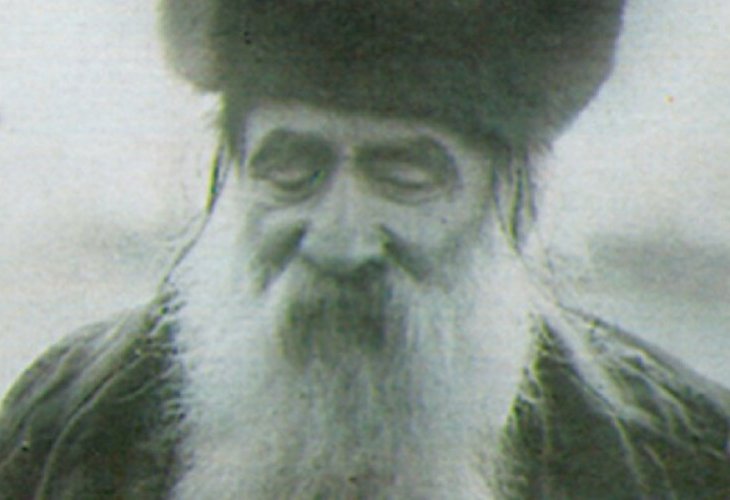Personal Stories
The Table That Hid a Family and Revealed a Miracle
A piece of the Belzer Rebbe’s Shabbat table became a holy shield during the Holocaust, protecting a Jewish family hidden inside their home.
 The holy Rebbe Yissachar Dov of blessed memory
The holy Rebbe Yissachar Dov of blessed memoryMore than a hundred years ago, fear and upheaval swept through Jewish Galicia. It was 1915, the early days of World War I, and Jewish communities across the region were forced to flee. Most of them escaped to Hungary and surrounding areas where life was somewhat calmer and safer.
Among those who fled was the Belzer Rebbe, Rabbi Yissachar Dov known as the Maharid, whose yahrzeit (anniversary of passing) is on the 22nd of Cheshvan. The Rebbe and his chassidim (followers) left the town of Belz, which had turned into a military base, and remained in exile for over ten years until it was safe to return.
During those years, the Rebbe stayed mainly in three cities: Ratzfert, Munkatch, and Holoshitz. His followers liked to say that his journey was hinted at in the verse, “And the Children of Israel left with a high hand”—the Hebrew acronym RaMaH representing the initials of the three towns.
When the Rebbe left Ratzfert for Munkatch, he wanted to thank the members of the local community who had cared for him and his court with such dedication. As a gesture of deep appreciation, he gifted them the table he had used for learning Torah and eating his meals during his stay.
The table was large and made of solid wood, more than two meters long and very thick. The Rebbe had its top cut into three sections. One piece was given to a Jew named Reb Shlomo Shlomovitz. The other two were given to other community leaders. The four legs of the table were installed around the bimah (central platform) in the town’s synagogue, as a sign of honor for the Rebbe’s time among them.
Years later, after Reb Shlomo passed away without sons, the piece of the Rebbe’s table was inherited by his son-in-law, Reb Mordechai Friedman. He treasured the holy gift, guarding it carefully and never using it for everyday purposes.
Then came the horrors of World War II. The Nazi regime reached Hungary, and soon the Jews there, too, were being rounded up, harassed, and deported. Families were torn apart. Homes were searched. Lives were turned upside down.
But one home remained untouched.
It was the home of Reb Mordechai Friedman.
With unshakable faith in the blessings of Torah leaders, Reb Mordechai sold everything he owned, his businesses, property, and even his jewelry. He kept only enough cash to survive and stocked his house with basic food supplies that could last a long time.
Then he took that sacred piece of the Rebbe’s table and nailed it across his front door, sealing it completely. From that point on, the family didn’t leave the house, and no one entered.
Amazingly, throughout two long years of Nazi occupation, their apartment was never discovered. German forces went door to door, building by building, yet the Friedmans’ home was never listed. It was as if their address had vanished.
Quietly and carefully, trusted non-Jewish neighbors would come by at night and receive cash through a back window, returning later with food. The front door remained sealed. And the holy board from the Rebbe’s table stood guard.
That table, full of holiness and memory, became their shield.
After the war, and after Reb Mordechai passed away, the board went through many hands and witnessed other remarkable stories. Eventually, it was brought to Jerusalem, where it reached the grandson of the Maharid, the current Belzer Rebbe.
Even today, it stands as a silent witness to a time of darkness and the light of unwavering faith.

